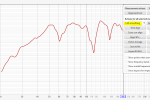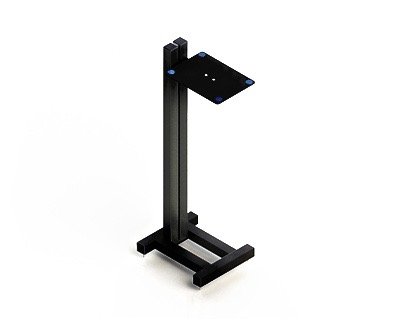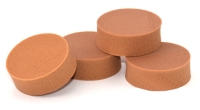- Joined
- Feb 27, 2018
- Messages
- 974
- Likes
- 1,075
I used Google to find 32 inch high speaker stands the other day, so I believe that's why YouTube suggested this video for me. All in all, I'm not surprised that speaker stands that are acoustically dead show fewer resonances when subjected to frequency sweeps--would anybody not expect that?
What I find bizarre is the variability in the 1/48 octave traces for his $8500 pair Focal pro monitors in what appears to be a relatively well treated studio, regardless of speaker stand.

He does make the point that 1/48 smoothing is not representative of how our ears work, but then proceeds to show the "huge" difference around 180 Hz--which is obviously a huge null at the microphone position.
That being said, look at the response variation below 400 Hz. It's all over the place.
Here's how $300 KEF Q150s measure in my room, which has some DIY absorbers on the front and back walls.

I have to wonder about what this guy actually hears in his studio from those Focals.
Here's the link to the video.
What I find bizarre is the variability in the 1/48 octave traces for his $8500 pair Focal pro monitors in what appears to be a relatively well treated studio, regardless of speaker stand.
He does make the point that 1/48 smoothing is not representative of how our ears work, but then proceeds to show the "huge" difference around 180 Hz--which is obviously a huge null at the microphone position.
That being said, look at the response variation below 400 Hz. It's all over the place.
Here's how $300 KEF Q150s measure in my room, which has some DIY absorbers on the front and back walls.
I have to wonder about what this guy actually hears in his studio from those Focals.
Here's the link to the video.




